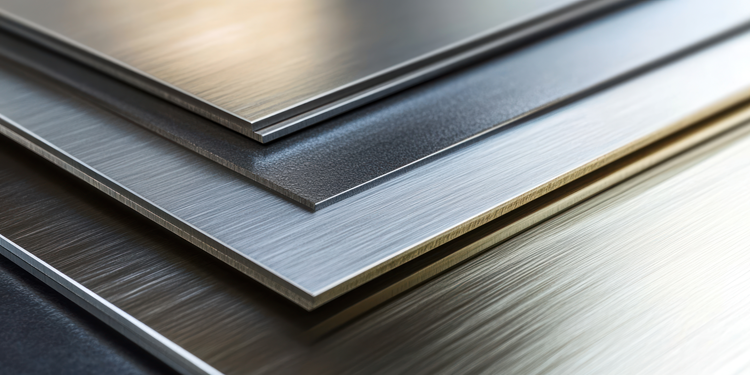



With advancements in technology, traditional practices regarding surface finishes warrant reevaluation rather than blind adherence. Modern analysis challenges these longstanding practices, raising the question: are industry standards leaving your dairy plant vulnerable to recalls or worse?
Kukhtyn and colleagues examined the relationship between surface finish and biofilm growth in the dairy industry. They recommend dairy plants use a finish of 20 Ra or smoother to “…lower the intensity of film formation and improve hygienic cleanliness of equipment.” This recommendation contradicts the classical approach, where the standard maximum surface roughness for product contact surfaces is often set at 32 micro-inch (0.8 micron) Ra. This value is widely accepted across various standards, including the 3-A Sanitary Standards, USDA Guidelines, and EHEDG.
Kukhtyn documents the level of reduction achieved with improved surface finishes. Their conclusions are based on self-assessment using data from an 18-hour incubation period. The study offers insights into the mechanisms causing significant differences in bacterial growth. They found that smaller crevices on surfaces resulted in less bacterial accumulation. Their analysis included how the size and shape of common bacteria fit into open micro-crevices. At the 32 micro-inch Ra level, spherical bacteria could easily drop into crevices, while rod-shaped bacteria depended on their orientation — similar to maneuvering a ladder through a doorway. Fewer openings and smaller areas around jagged edges correlate with reduced bacteria accumulation. Thus, smoother surfaces offer fewer places for bacteria to adhere, delaying accumulation and enhancing cleanliness.
Historically, the focus in food product design has been on soil removal, as soil can harbor microorganisms or allergens. Removing soil minimizes contamination risk. With handheld profilometers, measuring surface roughness has become more accessible. Previously, manufacturers relied on a simple cotton drag test to identify rough surfaces exceeding the 32 micro-inch Ra threshold.
In this test, cotton was lightly dragged across a surface, and any snag indicated excessive roughness. Rough surfaces are more likely to trap soil, complicating cleaning and potentially compromising hygiene. In the past, roughness baselines were set based on the expectation that rough surfaces harbor more soil. This understanding provided fabricators with inexpensive means to assess equipment. Profilometers offer more technically consistent measurements and are readily available to manufacturers. However, equipment manufacturers typically do not study microorganism growth on their equipment, trusting the presented surface finish value.
Comparing the dairy industry with the pharmaceutical industry provides additional insights into surface roughness standards. While both industries prioritize hygiene, their approaches differ. Dairy equipment is designed to be cleanable, focusing on soil removal. In contrast, pharmaceutical equipment is designed to protect purity. Besides contamination, products measured in scales like milligrams can be altered by trace foreign materials. Pharmaceutical products, such as injectables, bypass the digestive system’s natural filtration, increasing contamination risks.
The ASME BPE outlines six surface finish levels for pharmaceutical applications, ranging from no finish requirement to electropolished finishes as smooth as 15 micro-inch (0.38 micron) Ra. The more stringent standards reflect the need to eliminate, rather than just minimize, contamination in pharmaceutical products. This tiered approach allows flexibility depending on the application, ensuring equipment meets necessary hygiene standards without excessive cost. Understanding application risk allows for selecting a finish tailored to specific needs rather than applying a blanket finish across all applications.
Ultimately, selecting the appropriate surface finish balances cost and risk. For many applications, the traditional 32 micro-inch standard may be adequate for safe production, balancing product, operating conditions and cleaning practices. Surface finish has often been a background constant, but understanding the nuances of surface roughness standards across industries helps manufacturers make informed decisions that protect both consumers and their bottom line.

Read more from this issue